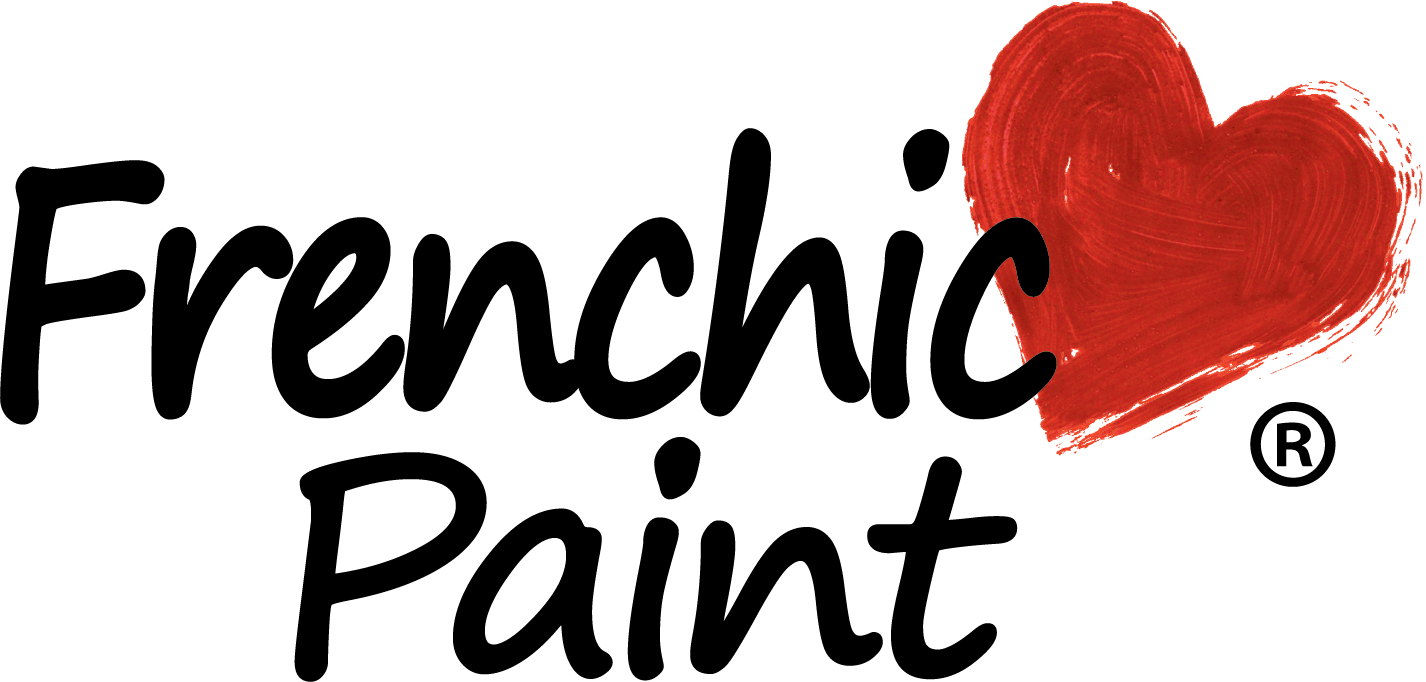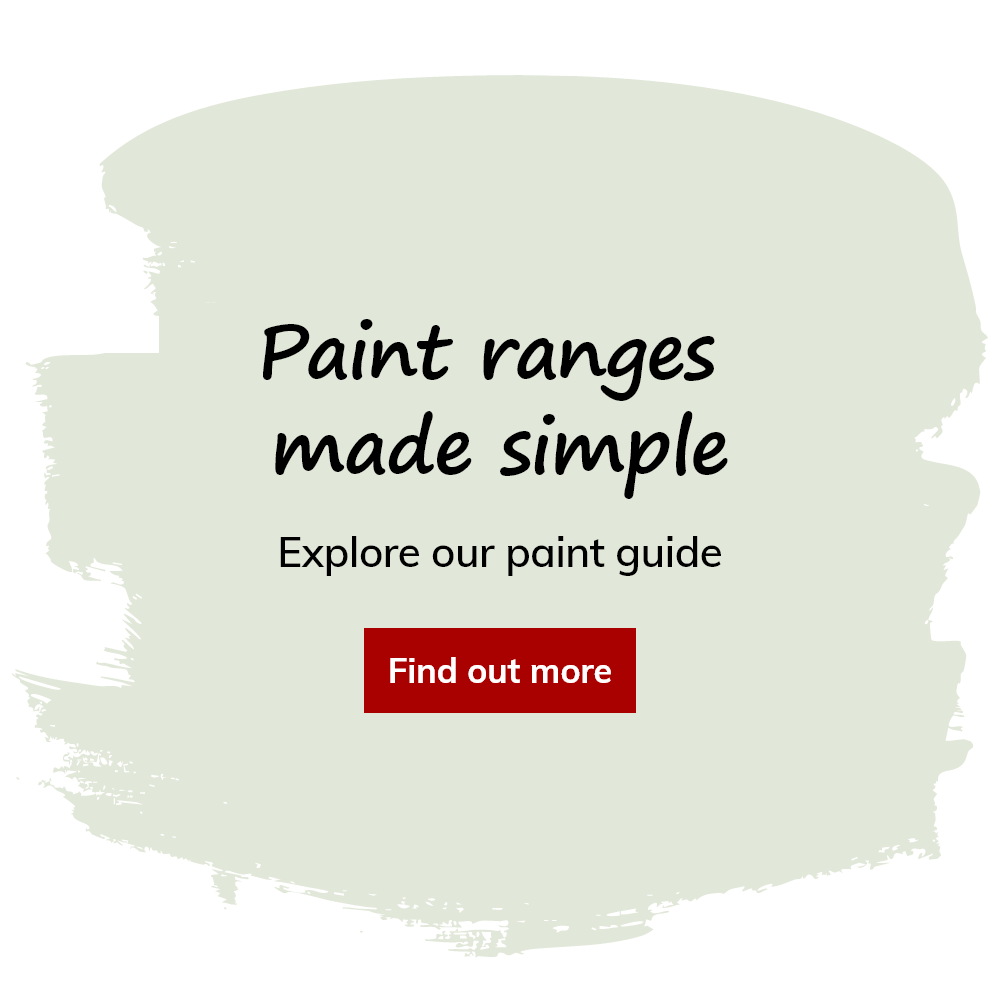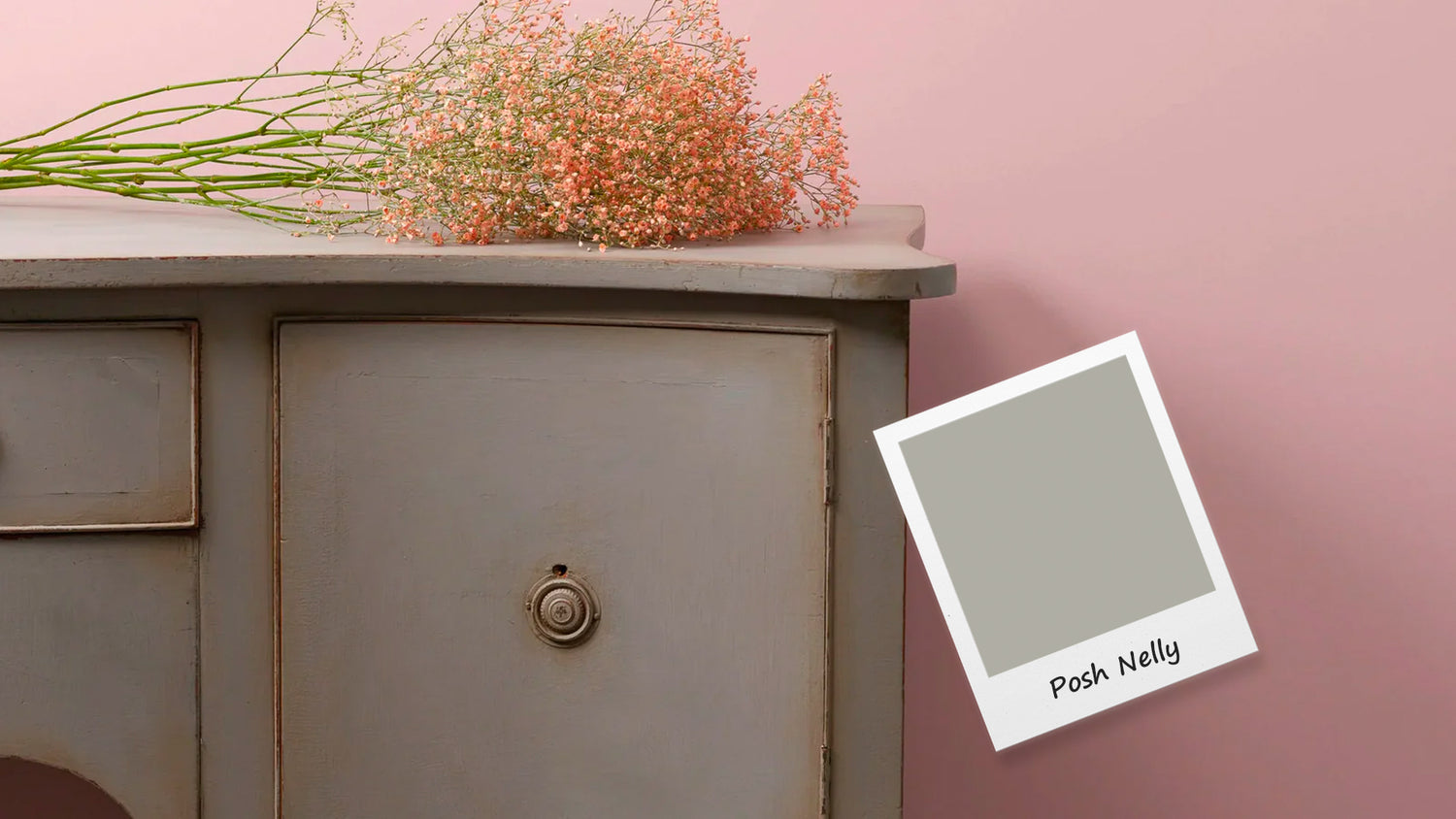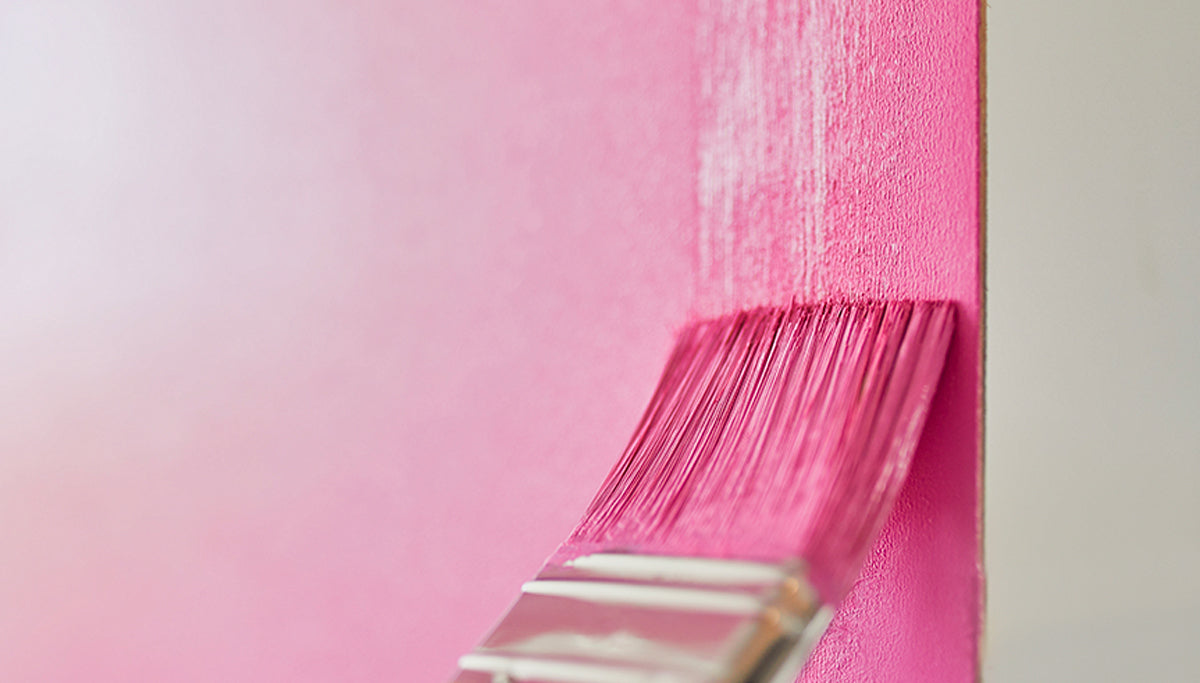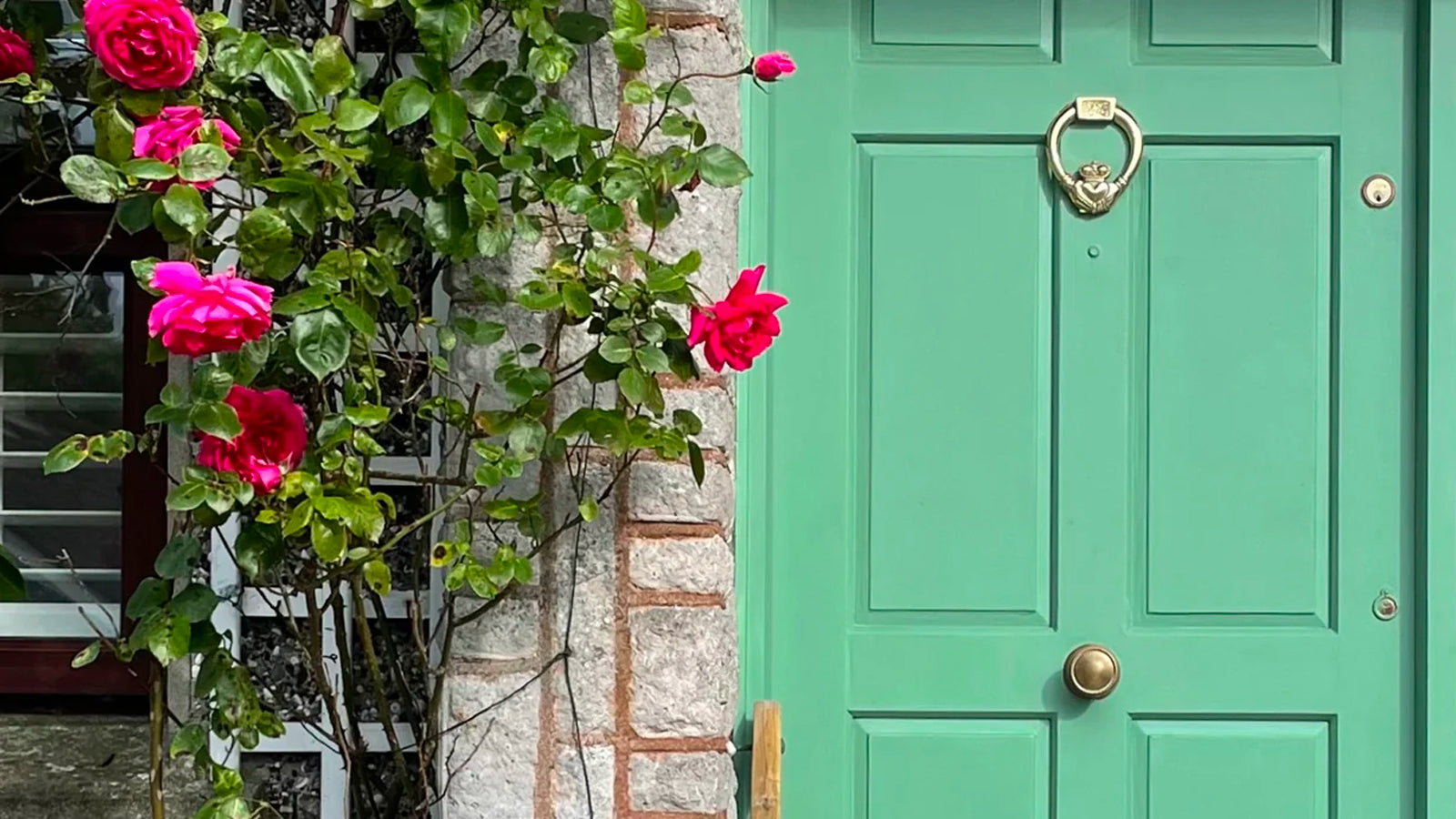Key FAQ Points:
There are various techniques you can use to create texture with paint, including:
- Overworking your paint
- Stippling the paint
- Partially drying then breaking up the surface
- Distressing the surface before painting
- Using a crackle-effect paint between different colours
Aside from these techniques, you may want to use a traditional-style chalk paint, which is designed to help you achieve texture. You can also consider creating zones using more than one of the techniques above to add more interest to the finished piece.
---
Creating texture allows you to produce unusual, decorative, rustic or aged finishes for your projects. You can build up layers, work with multiple colours and/or waxes and let your imagination lead you. Read on for some simple techniques you can use.
Overworking your paint
The first option is to simply break the rules for a smooth finish by overworking your paint (keeping your brush moving as the paint starts to dry) as you apply it. This leads to pronounced brushmarks which provide an uneven finish that works very well as a base for decorative waxes and techniques like dry brushing.
You can experiment with more, or less, paint on your brush and the direction you apply it. It can look very effective to have your brushstrokes running along the woodgrain. If there isn't any grain, try running them along the length of the area you are painting rather than across it.
Stipple the paint
Alternatively, you can stipple the paint for a different type of texture. This involves using paint on the very end of your brush and dabbing it onto the surface repeatedly for a textured look. Again, this is a great base for waxes and other techniques.
Partially drying
For a different type of texture, you can try applying the paint thickly and then partially drying it quickly with a hairdryer. Do so just until the surface becomes matte (so there is still wet paint underneath), then go in with your paint brush to break up the surface. Depending on how much paint you have applied, this can lead to a very rough texture for super-antique looking results. Don't forget that heavily applied paint can take longer to dry!
Distressing the surface
Another option, which is best reserved for wooden surfaces, is to distress the surface you want to paint prior to painting. Scrape it, scratch it, pit it with tools or use very rough sandpaper. Craig demonstrates this for the now famous Frenchic ‘beam hack’, using Lazy Range Crème de la Crème and Browning Wax.
Use a crackle-effect paint
Another popular texture effect is the cracked look, which gives items a beautiful, aged look. To achieve this, simply use Frenchic’s Easy Crackle between coats of colour. This breaks up the top coat, revealing the colour below.
You can take develop this technique using strong tape. Once you have applied the top coat of paint and it has cracked, before it has fully dried, apply the tape and pull off – this removes random sections of the paint and leaves a fabulously chipped appearance.
Try traditional style chalk paint
If you’re looking to add texture, a traditional-style chalk paint like Frenchic’s Original Artisan Range can also help. These non-sealing paints are not self-levelling, so they can assist with achieving texture. Distress and layer for various effects, before adding a sealing product like one of the Frenchic top coats or waxes.
Get even more creative with textured zones
If you want to add even more interest to your finished pieces, you can also create zones by using multiple techniques and varying the area you apply them to. For example, using smoother application in central areas and more texture around the edges.
Particularly effective when using waxes, this can look great on things like drawer fronts or cupboard doors. Use a combination of sanding and brush technique for the smooth areas.

